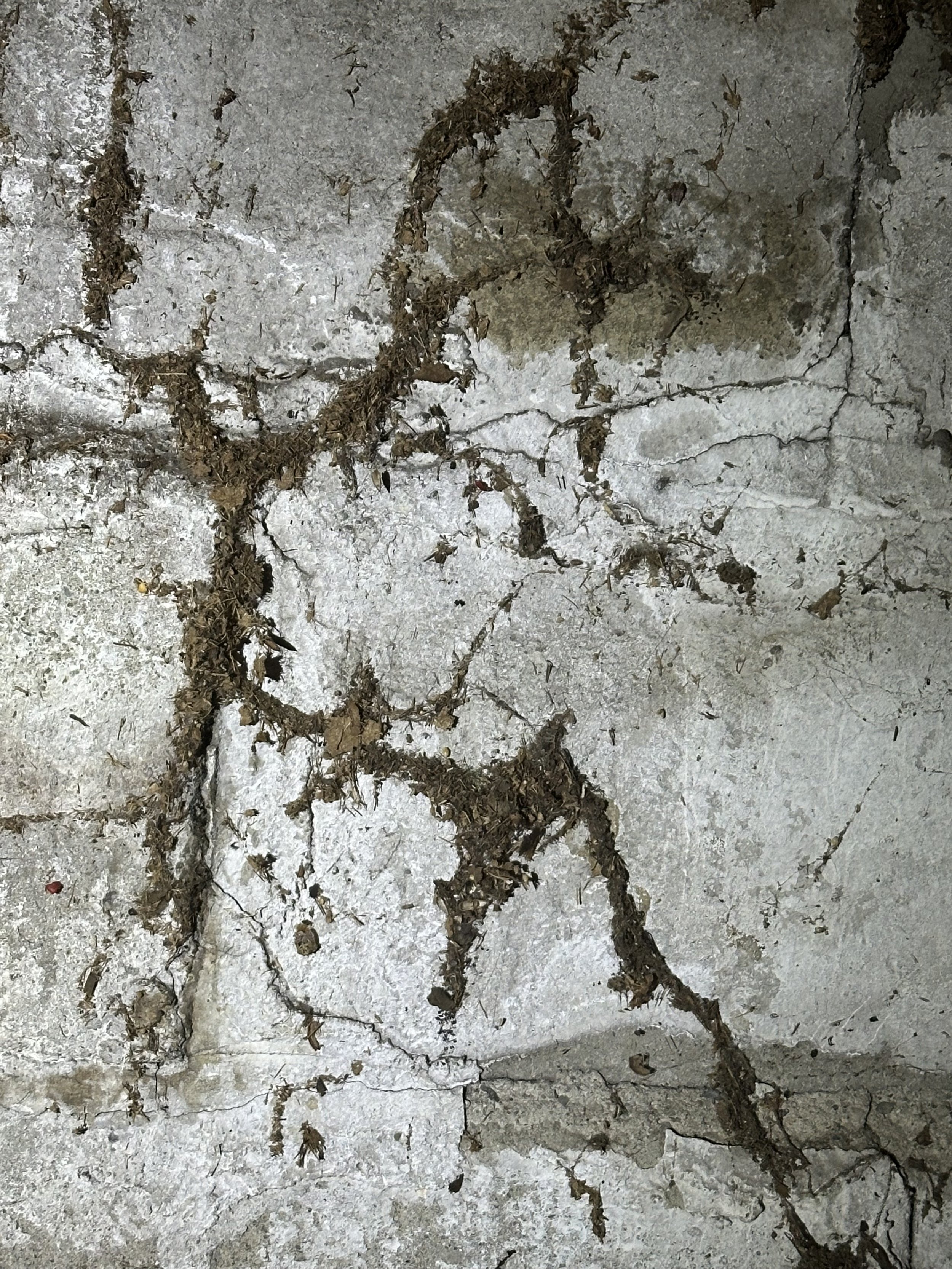What Home Buyers Should Know About Structural Damage
Buying a home is one of the most significant investments you'll make in your life. It’s not just about the aesthetic appeal or the neighborhood; understanding the structural integrity of a property is crucial. Structural damage can lead to costly repairs and pose safety risks. Here’s what every home buyer should know about structural damage before making a purchase.
Understanding Structural Damage
Structural damage refers to any impairment that affects a building’s stability and safety. This can range from minor issues like cracks in walls to major concerns such as foundation failure. Knowing how to identify and understand these issues can save you from a potentially disastrous investment.
Common Types of Structural Damage
Foundation Issues
Cracks in the Foundation: Small cracks may not be serious, but larger ones could indicate significant problems. Pay attention to vertical cracks, which might suggest settling issues, versus horizontal cracks, which may indicate water pressure or other serious issues.
Uneven Floors: If you notice sloping or sagging floors, it could signal foundation settlement or structural issues.
Roof Problems
Sagging Rooflines: This could indicate structural failure in the trusses or rafters, which may lead to roof collapse.
Water Damage: Stains or mold in the attic may indicate leaks that can compromise the roof's integrity.
Wall Cracks
Vertical vs. Horizontal Cracks: As mentioned earlier, vertical cracks might be less concerning, but horizontal cracks in brickwork could indicate serious issues.
Wood Rot and Pest Damage
Termites or Other Pests: Infestations can weaken wooden structures, leading to structural failures.
Water Damage: Look for soft or discolored wood, which may indicate rot and structural compromise.
Bowing Walls
This can suggest that the foundation is shifting, or there may be excessive lateral pressure from soil or water.
Signs of Structural Damage
When touring a property, keep an eye out for these signs:
Cracks in Walls and Ceilings: Look for size, location, and direction.
Doors and Windows that Stick: Difficulty in opening or closing can indicate shifting or settling.
Visible Gaps: Check for gaps between the wall and floor or ceiling.
Signs of Water Intrusion: Stains or mold can indicate leaks that affect structural components.
Why Structural Damage Matters
Safety Concerns: Structural damage can pose serious risks to the safety of occupants. A compromised structure can lead to collapses or accidents.
Costly Repairs: Addressing structural issues can be expensive. Major repairs can easily run into the tens of thousands of dollars.
Insurance Implications: Some insurance policies may not cover pre-existing structural issues, leaving you financially vulnerable.
Resale Value: A home with known structural damage can be challenging to sell and may significantly affect its market value.
Steps to Take When Considering a Property
Get a Professional Inspection
Always hire a licensed home inspector who has experience with structural issues. They can provide a detailed assessment and identify hidden problems.
Review Inspection Reports Thoroughly
Pay attention to any flagged issues, and consider following up with specialists (like structural engineers) if necessary.
Ask Questions
Don’t hesitate to ask the seller about any known issues or repairs. Their transparency can provide valuable insight. If you are working with an Agent, your agent will do so for you.
Consider the Costs
Factor in potential repair costs when determining your budget. Understand what you may be getting yourself into before finalizing the deal! Discuss possible negotiating items with your agent. Never take on a home with structural damage you are not able to address in the event the seller is unwilling or unable to address prior to your transaction. In a Sellers market, you may find you come across the IDEAL home, but the TLC may be more than you can budget for.
Check for Permits and Documentation
Ensure that any repairs or renovations were completed with the proper permits, which can impact your home’s legality and safety.
Final Thoughts
Understanding structural damage is essential for any home buyer. Being proactive can save you from future headaches and expenses. Always prioritize safety and thorough investigation, and remember: it’s better to walk away from a property than to invest in a home with hidden structural issues. With the right knowledge and resources, you can make informed decisions and find a safe, stable home for you and your family. Happy house hunting!
